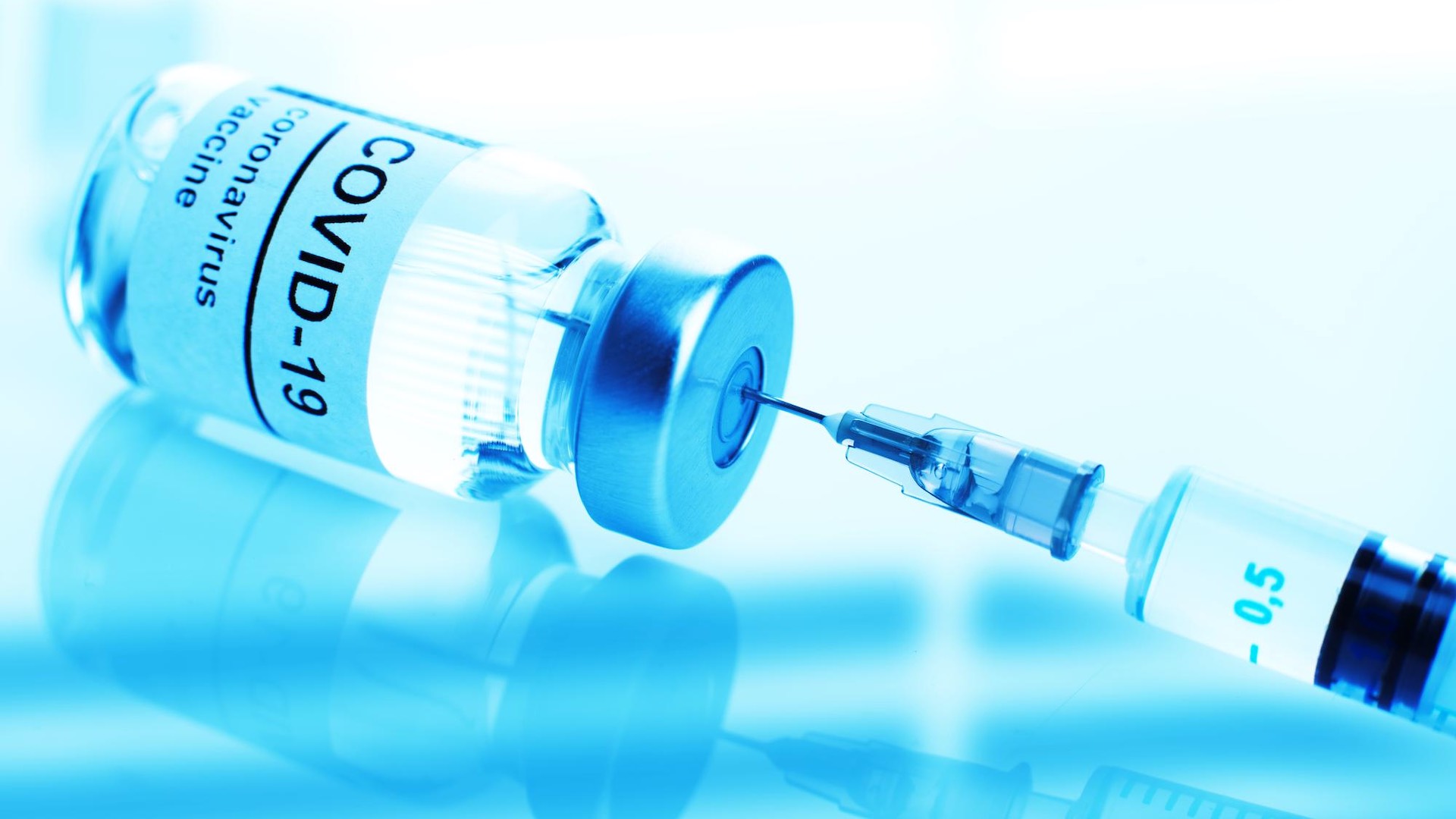In a positive move, the Centers for Disease Control and Prevention (CDC) recently endorsed updated COVID-19. This opens the door to a fall vaccination campaign that may be able to blunt a winter surge if enough Americans participate. According to the AP, the vaccine boosters targeting today’s most common omicron strains should begin hitting pharmacies and clinics soon.
 CDC Director Rochelle Walensky made her decision shortly after the agency’s advisers approved the recommendation. “The shots can help restore protection that has waned over the years and were designed to provide broader protection,” she said. At another critical juncture in the pandemic, Americans can obtain the most up-to-date protection with tweaker shots from Pfizer and Moderna.
CDC Director Rochelle Walensky made her decision shortly after the agency’s advisers approved the recommendation. “The shots can help restore protection that has waned over the years and were designed to provide broader protection,” she said. At another critical juncture in the pandemic, Americans can obtain the most up-to-date protection with tweaker shots from Pfizer and Moderna.
There are also bivalent shots that contain half of the original vaccine and half protection against the BA.4 and BA.5 omicron versions that now cause most COVID-19 infections. It was difficult for CDC advisers to determine who should receive the modified boosters and when since only a similarly tweaked vaccine has been studied in humans. The panel deemed the updated injections to be the preferred option given the U.S. is still experiencing tens of thousands of COVID-19 cases each day despite an expected new wave of infection this winter.
Before shots could begin, the CDC’s recommendation was the last step. By Tuesday, Pfizer expects to deliver 3 million doses to vaccination sites across the country. Those who have received at least one booster of the original COVID-19 vaccine still have a strong chance of preventing severe illness or death. Updated vaccines are only meant to be used as boosters, not as first-time vaccines. Pfizer’s bivalent option has been cleared by the Food and Drug Administration (FDA) for people 12 and older.
A vaccine recipe that targeted an earlier strain of omicron called BA.1 has been studied by more than 1,400 people, according to the CDC. European regulators on Thursday recommended using the combination shot targeting omicron to boost virus-fighting antibodies. Currently circulating omicron strains were to be targeted by fall boosters in the U.S. Instead of awaiting more human studies, the FDA chose to accept mouse tests that showed the newer tweak sparked a similar immune response.
